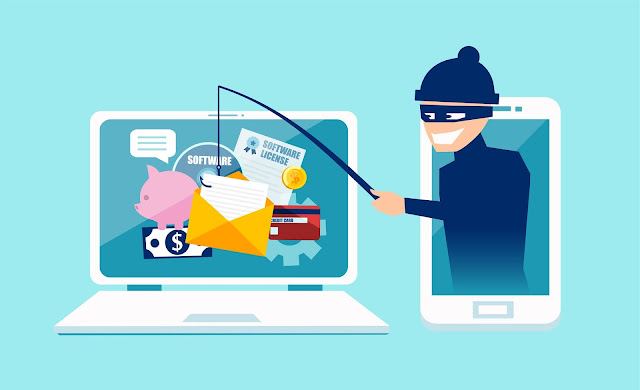Protect Yourself from Falling for Phishing or Spoofing Attempts.
We love to fish at the Lake of the Ozarks, but there is another kind of “phish” you should always avoid. Email is a popular target for cyber criminals to gather information and is often used for “phishing”. This communication method is an easy way to steal sensitive details about people or deposit malware or a virus on your device. It’s widely used, because most people are generally trusting and/or curious. Our internet marketing company in mid-Missouri gets questions about this kind of activity from our clients. Learn what phishing is and how you can better protect yourself from a potential threat:
Watch out for these attempts! If you do click on a link, open an attachment, or reply to an email that could be an attempt, quickly run a scan with your anti-virus protection and run a malware test. These tests can hopefully catch something before it becomes a bigger issue for your device or your network. Call MSW Interactive Designs if we can answer your questions on “phishing” or “spoofing”.
~ Karen Horsman, Director of Creative Services
What is Phishing?
The term Phishing is coined after “fishing” and is when a cyber-criminal hangs a digital “lure” and waits for an unsuspecting victim to bite. A phishing email typically has a link for the email user to click, and attachment to open, or prompts an email reply. Once you’ve taken the requested action on a phishing email, the cyber bug is in and likely gathering personal or work-related information off your device or infecting your machine and potentially your entire network.“Hey, I didn’t send that email!”
You may be contacted by someone saying they got an unknown email with your address on it. An email “spoof” is when a cyber-criminal recreates an email that looks legitimate. Cyber criminals can create an email that appears to be from someone you trust. It can be someone in your inbox that you correspond with via email, or it can even be your own email account. Another effective method is to spoof the display name that the email appears as when it hits your inbox. You see an email from your boss or client via the display name, so you open it. Since it has their display name at the top, you may not realize that it’s not from the actual person you think it is from.What to Do if You See an Attempt.
Our best advice is to avoid clicking a link, opening an attachment, or replying to the email unless you’re 100% confident that it is legitimate. If something seems off, double check who the email is from (not just the display name at the top). You can report these kinds of attempts to your email hosting company. The good news is that most cyber criminals move on quickly if there is no action taken. The bad news is that there’s really not much you can do but report the issue.Watch out for these attempts! If you do click on a link, open an attachment, or reply to an email that could be an attempt, quickly run a scan with your anti-virus protection and run a malware test. These tests can hopefully catch something before it becomes a bigger issue for your device or your network. Call MSW Interactive Designs if we can answer your questions on “phishing” or “spoofing”.
Phone: 877-211-5492
Info@MSWInteractiveDesigns.com






Comments
Post a Comment